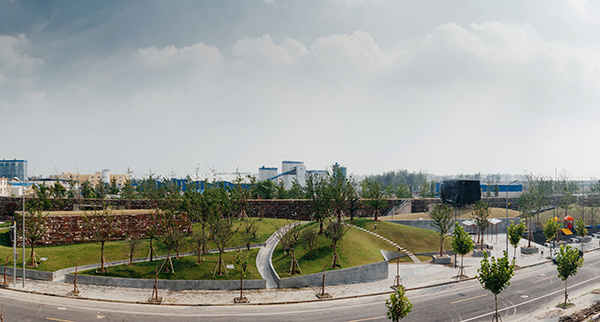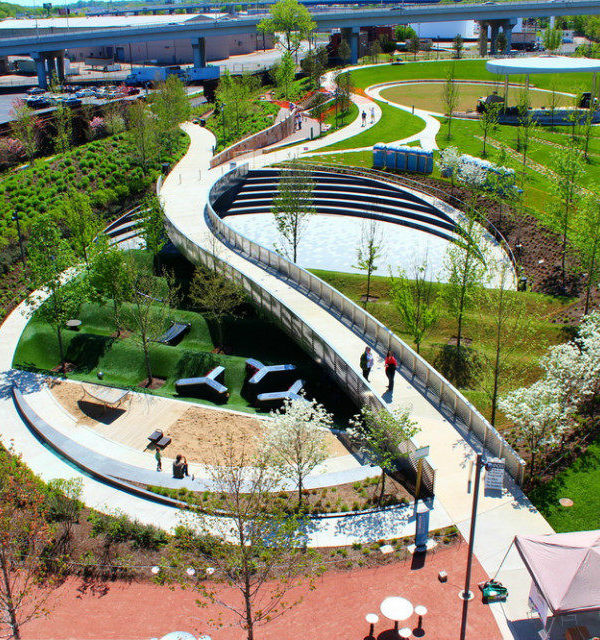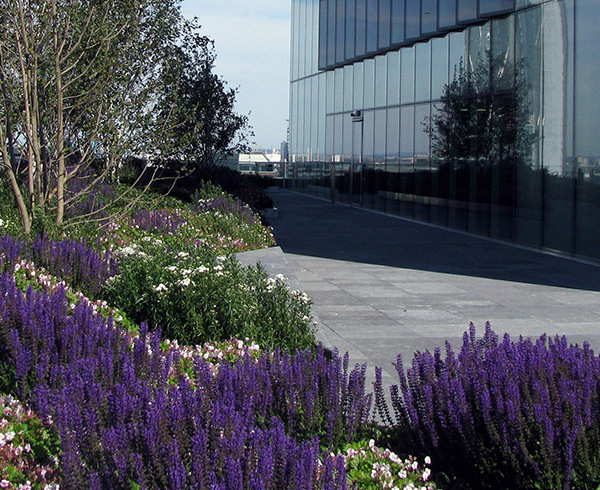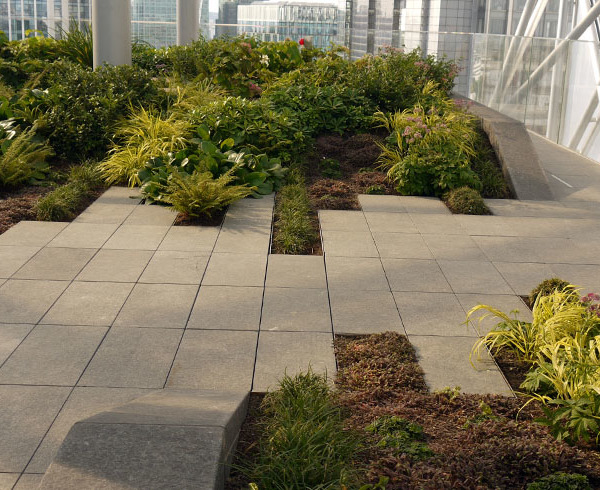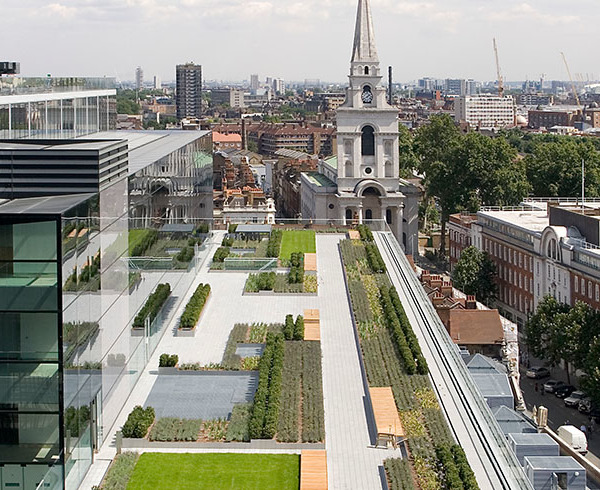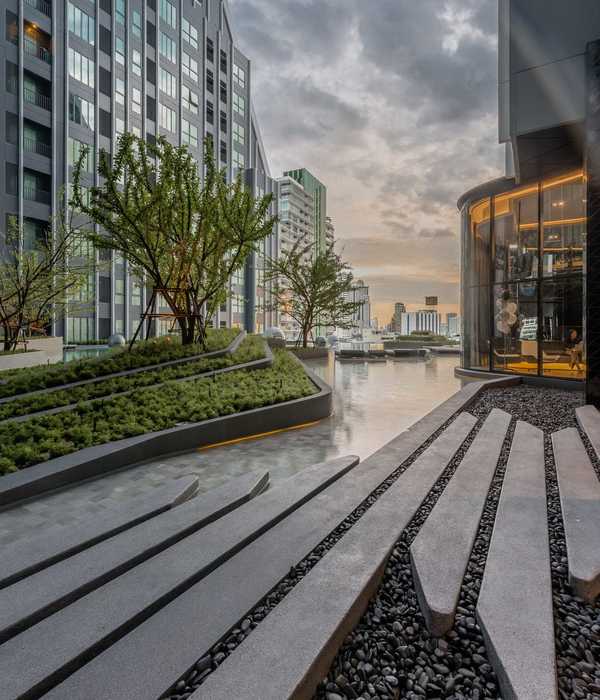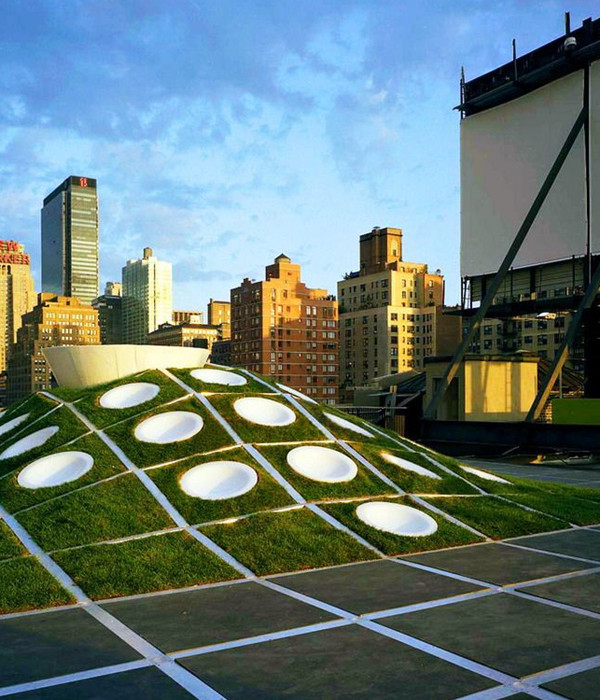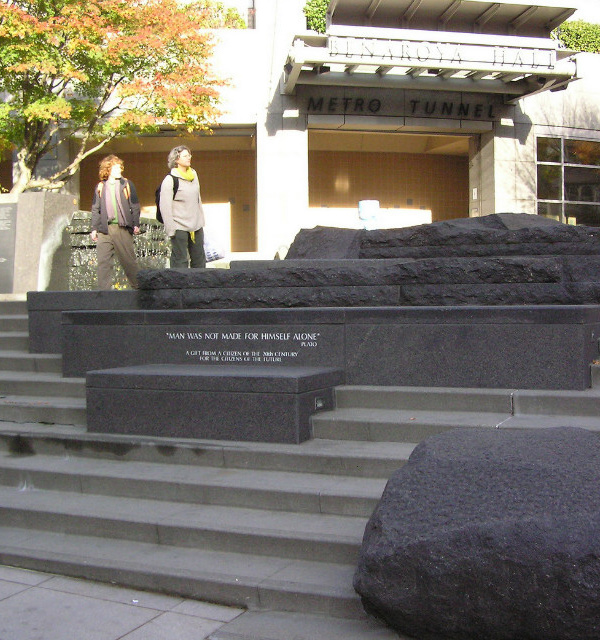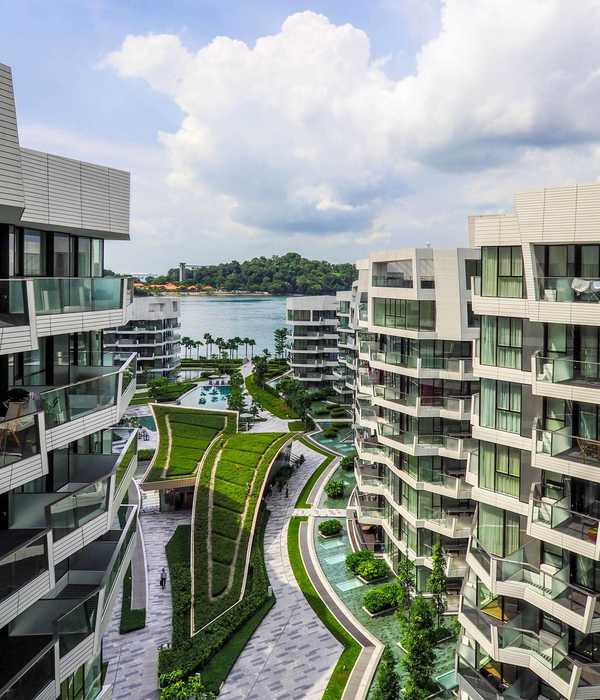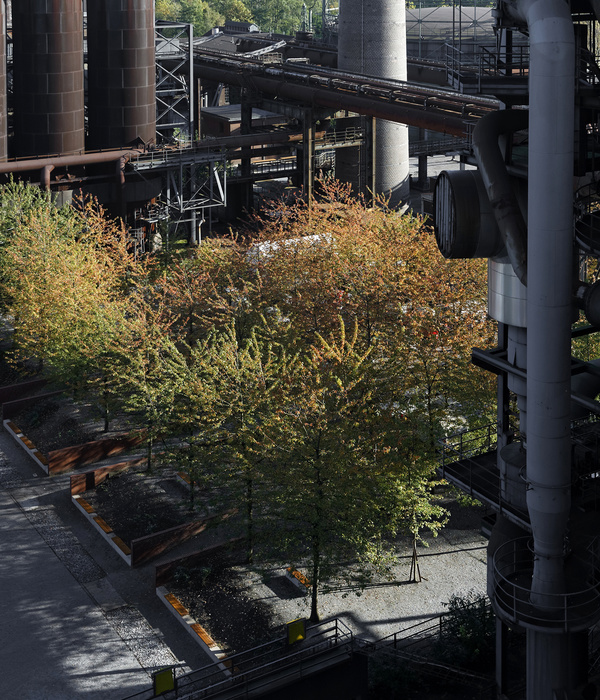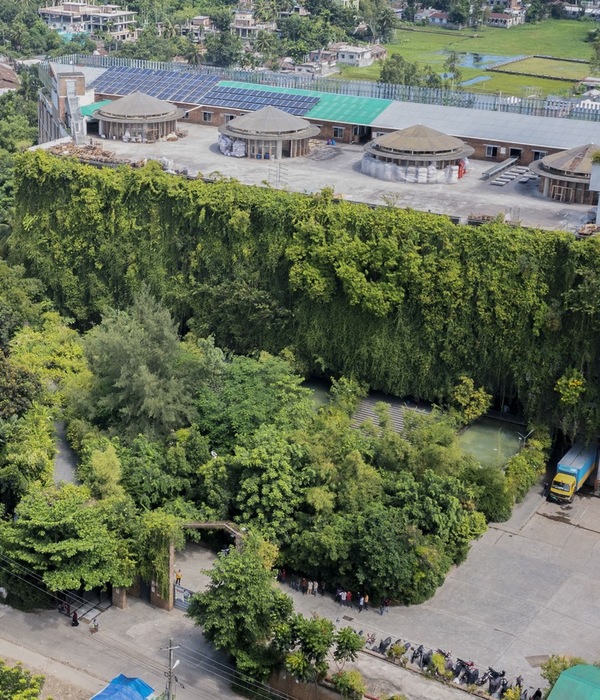第八届深港城市\建筑双城双年展(深圳)“城市交互”
Shenzhen 2019 Bi-City Biennale of Urbanism \ Architecture
Urban Interactions
Officialy opened on Dec 21, Shenzhen 2019 Bi-City Biennale of Urbanism\Architecture, takes "Urban Interactions" as the theme, and consists of two sections: "Eyes of the City" and "Ascending City", seeking to explore the developing relationship between urban space and technological innovation from different perspectives.
“更快、更智慧、更富有:底特律的自动化新城”想象了一个基于非线性系统的“游牧主义”新城。在这里,代表汽车之城曾经辉煌的机动性被推进到了某种极致——城市中一切的人造空间都被机动化。它和静态的现代主义城市规划版图形成了鲜明的对比。
“Citius, Scitus, Dives: An Autonomous Urbanism over Detroit” has imagined a "nomadic" new town based on a non-linear system. Here, the mobility of the once-brilliant city known for its automobiles industry is
pushed to some extreme — where all man-made spaces in the city were motorized. It is in stark contrast to the static modernist urban planning graphics.
第八届深港城市\建筑双城双年展(深圳)
海报
Poster of the 2019 UABB (Shenzhen)
We stand on the last promontory of the centuries! . . . Why should we look back
over our shoulders, when we intend to breach the mysterious doors of the Impossible?
Time and space died yesterday. We already live in the absolute, for we
have already created velocity which is eternal and omnipresent
- Filippo Tommaso Marinetti
We have erected a monument: a monument that celebrates a version of Modernism. It also celebrates the end of it.
It only seems natural to tell a new story about mobility at the original motor city, Detroit. That new story does not need to be better, just new. Like that last time when Filippo Marinetti in Italy declared a new era of Futurism after a car crash, it was a damaging accident rather than the betterment that propelled the movement. We are the continuation of that same sentiment.
Detoirt the Motor City
,
by Mengchan Tang, Hong Li
In this context, Detroit is in desperate need of a new form of mobility to reinvent its older identity. If pushing the promise of autonomous vehicles to an extreme, we can propose a nomadic urbanism where all kinds of artificial spaces are motorized. SpacesRather than having a collection of spaces moving as one unit, spaces can be broken up into basic units moving organically in a decentralized manner.
The implication of such urbanism is at least twofold.
Firstly, economically, as profit and productivity from the online world reaching a rapid diminishing return, the offline world is now again the new battleground for innovation. Anticipated by many, the new productivity increase will come from a more efficient form of urban system, as we can see from Alphabet’s intervention into neighbourhood building with Sidewalk Lab. Kai-Fu Lee also compared the Chinese tech companies’ strength in integrating technology with real-life scenarios rather than typical silicon-valley style pure software development.
American Highway ,
by Mengchan Tang, Hong Li
Historically, we can also look back in the 1920s when General Motors promoted a lifestyle based on automobile during the New York World’s Fair, convinced the American society an interconnected system of interstate highways that ultimately shaping the country’s cities, economy and culture, through Eisenhower’s Federal Aid Highway Act of 1956. Like what Marx had examined, we can claim that increase in mobility and its efficiency is THE major aspect of modernity, modern cities and modern life.
GM Futurama 1939
“While capital …must strive to tear down every barrier … to exchange and conquer the whole earth for its markets, it strives on the other side to annihilate his space with time.”
“There is, therefore, considerable pressure to accelerate the velocity of circulation of capital, because to do so is to increase the sum of values produced and rate of profit. The barriers to realization are minimized when the ‘transition of capital from one phase to the next’ occurs ‘at the speed of thought’.”
--Karl Marx, Grundrisse, 1857
Secondly, the previous set of tools that we use to interpret reality is phasing out, whilst the new and complex paradigm is urging a new system of reconstructing the world. Theoretically, since the early modern scientists such as Descartes and Newton, human had been attempting to break down reality into linear mathematical relationships (if exert A, then B and only B is to occur). Those relationships were the building blocks for mechanical designs, which culminated in the late 19th and early 20th century with the emergence of automobiles, from which the Italian Futurists drew inspirations.
Walking City
, by Ron Herron, Archigram
The Futurists eventually further inspired a myriad of great cultural movements, which forming a collective force, Modernism, shaping the development of 20th century. Modernism had taken ideas from the early modern scientists who had extracted simplified linear relationships from reality, was giving simplified linear forms back to reality itself. Extensively in 20th century, art, architecture, space, city, finance and human relations were understood and designed into mechanical systems with linear relationships, that is, if exert A, then B and only B is to occur.
Smart Surface Over Old Town
,
by Hong Li, Mengchan Tang
Nodal Point Between Smart Surface and Old Town,
by Hong Li, Mengchan Tang
Now we know that reality is no such linear machine. Rather, complexity is prevalent, particularly in large scale systems. Modernist planning was supposed to build perfect cities where human and urban functions were to be statically placed into fixed locations. Modern financial technologies were supposed to have the capacity to understand where potential cracks exist in the system. When the Queen of England asked why no one saw the credit crunch coming in 2008, nobody could provide a straight answer because no one could use the linear logic to state “what” had caused the crisis.
点击边框调出视频工具条
Linear Mobility Pattern
Nonlinear Mobility Pattern
In fact, as we increasingly perceive the world as nonlinear, the quicker we will be departing from that old world of Modernism, in our case, modernist planning. The nomadic city that we propose is the embodiment of a nonlinear, complex and seemingly chaotic type of urbanism. It does not assume static placement of functions and still retains a high possibility of construction modularity.
On the surface, despite the theoretical implications, the monument expresses a new pattern replacing an old one. Whilst that new pattern might be a product of a nonlinear system, it is also a reminiscence of the past, the ancient times when human ran with herds of animals.
参展人:汤孟禅 费凡诚
摄影:费凡诚 郑晨曦
版权声明
Copyright Statement
本文版权归深圳汤桦建筑设计事务所有限公司所有
The copyright of this article belongs to Tanghua Architect & Associates
欢迎各类媒体合作,请与我司联系取得授权
{{item.text_origin}}

